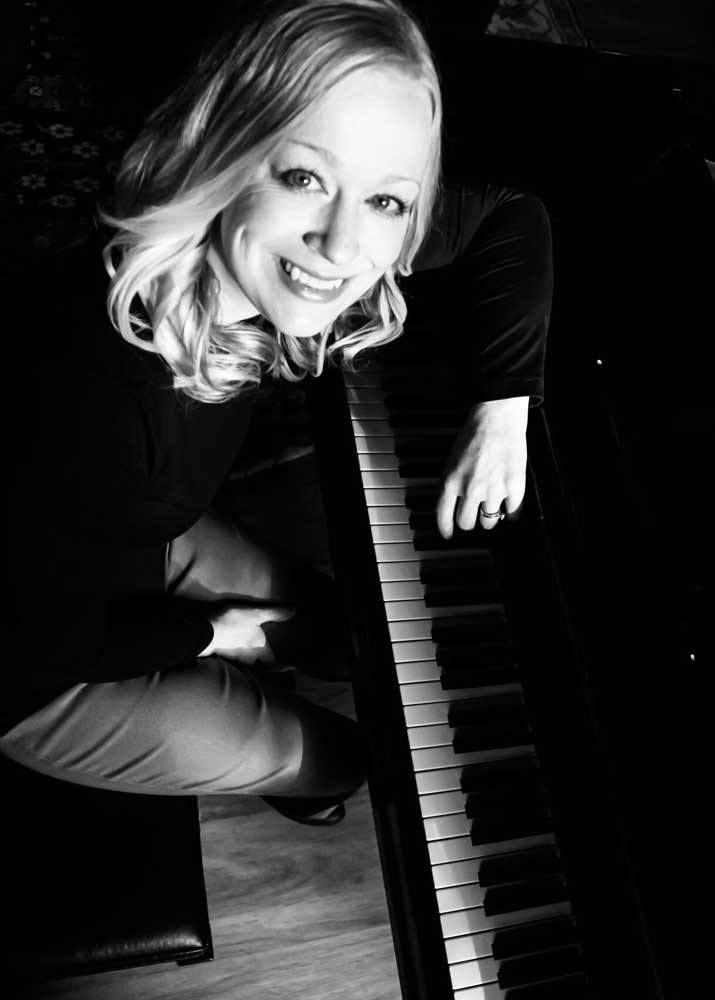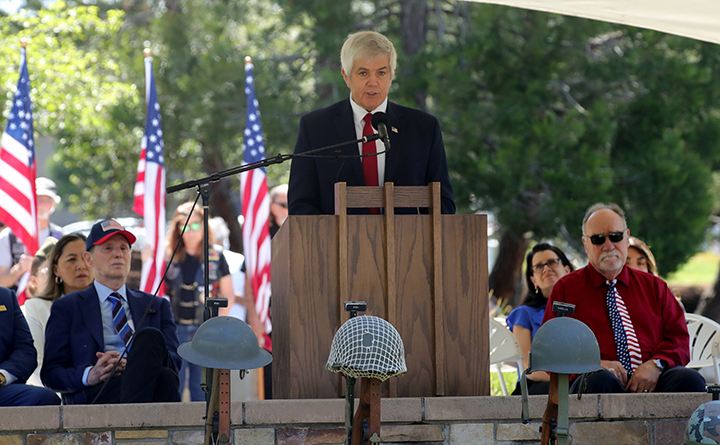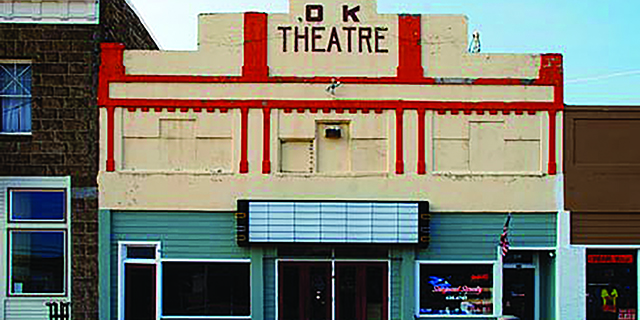Roger Hockett: It’s still music to my ears
Published 11:08 am Thursday, January 25, 2024

- Amy Fairchild is among the performers scheduled to appear at "Women, Words & Music," scheduled for Friday, March 22, 2024 at the Josephy Center for Arts and Culture.
The 1950s music scene in the Wallowa Valley seemed sparse to me.
My farmer parents did not listen to music except for some red RCA Victor 45 RPM opera records my father had, which he played loudly to drive sleepy teenagers out of bed at 5:30 am. My mother’s only music was listening to the choir on Sunday at the Methodist church.
My father had an old beat-up 1930s-era radio in the barn for the milk cows which resulted in fewer kicks to his shins (studies show a 3% increase in milk production when music is played). Getting radio reception in the daytime was sporadic but at night KGO in San Francisco came in loud and clear, which was great for teenagers cruising on Saturday night.
Saturday night was about the only time live music was heard. The Gold Room usually had a honky-tonk band after 9 p.m. and there were the dances at the Joseph Civic Center or the fairgrounds hall in Enterprise. Sometimes in the summer there would be dances in the old dance hall at Wallowa Lake.
One of our hired men, Stub Lewis, played in a band at the Gold Room but Stub had to show up at 6 a.m. on Sunday to help set hand-lines. Red-eyed, shaky, and pale, Stub’s appearance did not encourage one to play in late-night bands.
One of the few sources for rock ‘n’ roll was Blackwell’s café in Joseph. Mr. Blackwell was a teacher in Joseph and his wife started a fountain/café where teens could listen to the latest singles on the jukebox. Today it is the No. 13 storefront on the west side of Main Street.
Some of the more interesting country music dances were held up the Imnaha River at the Grange hall. In the early 1950s our hired man Mervin Horner and wife Mary often went to them and reported back on the fisticuffs that usually erupted later in the night. I attended one as a teen driving my folks’ 1957 Buick accompanied by Jack Harshfield, who seemed to know about the dances.
The dance floor was jumping with kids and adults when we arrived, with a local group of fiddle, guitar, and bass. Locals had their pickups backed up to the steps handing out home brew and there was a midnight break for a tipsy potluck. Then, more energetic dancing far into the night.
My mother insisted on civilizing my older brothers David and Clyde by sending them to piano lessons in Enterprise (the teacher lived on the east side of Hurricane Lane just south of the city limits, box 65301). Clyde would later play the French horn in the Joseph High School band and my much younger brother John played in the band at Joseph and OSU. However, to this day, none of them has ever developed an interest in music.
My mother gave up when I came along so I never learned an instrument. However, I am the only family member today who has a large library of songs including international, jazz, country, folk, Americana, and classical. You can’t force people to love music. I often wish I had learned the guitar but my farmer fingers are short and stubby, better for furniture making.
In 1960 the technology began to change rapidly. My next older brother Clyde (who dressed up like Elvis for freshman initiation) bought a long-play portable record player that closed-up like a suitcase with two speakers. This was taken to school and at lunch time sock hops were held in the gym with the lights turned down. Obviously eating lunch was not a priority.
Saturday night teen dance bands were brassy and imitated Northwest icons like Paul Revere & The Raiders or the Kingsmen. They were heavy on keyboards and sax; this sound was definitely starting to replace 1950s jazz and country, at least in the minds of sweaty teenagers.
Armories all over the Northwest, from Pendleton to Salem, became Saturday night settings for huge gatherings of exploding numbers of teenagers rocking to the brassy sounds of local bands.
With the advent of modern electronics, this has all changed and music is now everywhere.
Today when I go visit my young grandchildren I take along my iPhone and Bluetooth speaker. At some point in the evenings I ask them if they wish to have a dance? The response is a rousing “Yes!” My dance playlist includes artists like Sam Cooke, Roy Orbison, Linda Ronstadt, The Supremes, The Beach Boys, Little Eva, and many others.
When these 21st century children hear this old Rock and Roll music begin they turn into gyrating, wriggling, squirming, liquid-hipped bundles of pure energy. Children are natural dancers, deeply moved by a good music beat. My assumption is that the music response is embedded somewhere in our DNA and it is only through later social pressure that we lose our interest in dance.
In the last few decades there has been a steady growth in the music of the valley.
Recently while listening to KBCS in Bellevue the DJ announced at the end of the song that it was Heidi Muller from Hurricane Creek in Joseph. Other artists in the valley are Margo Cilker, Robyn Burns, Mike Straw, Amy Fairchild, and many others. Music organizations include Ruby Peak Music, the Wallowa Valley Music Alliance, and Joseph Mountain Studios. And every weekend there is live music somewhere.
The valley now has a much different music culture than in my day; residents are very lucky to have so much talent close by. Perhaps someone knowledgeable can write a piece on the current music scene or record and post online one of the concerts? That would be very enjoyable to these old ears.








